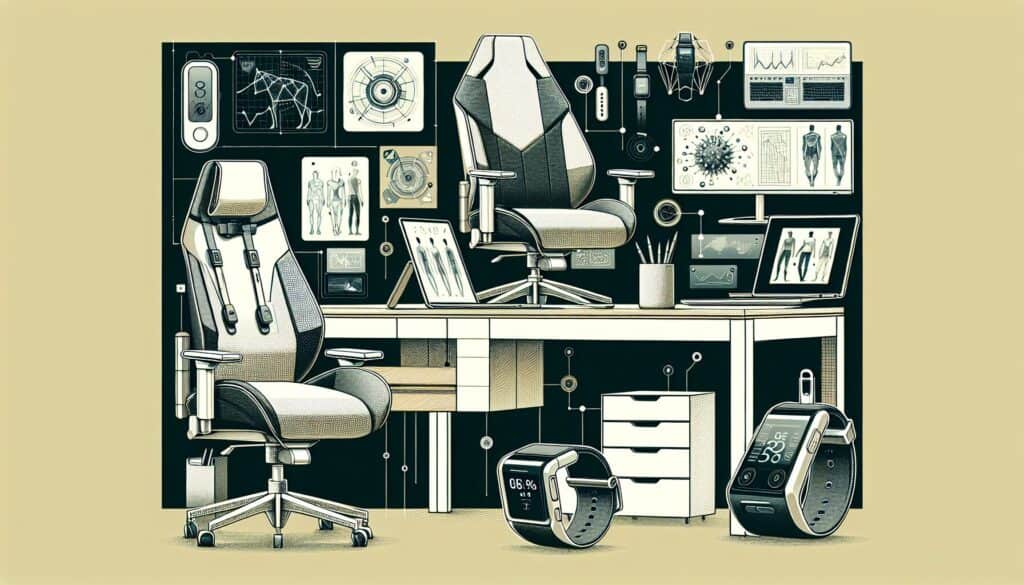A category of ergonomic tools specifically designed to assess and quantify risks associated with working postures.
- Methodologies: Customers & Marketing, Ideation, Product Design
Posture-based analysis tools

Posture-based analysis tools
- Continuous Improvement, Ergonomics, Human Factors, Human-Centered Design, Process Improvement, Quality Management, Risk Analysis, Risk Management, Safety
Objective:
How it’s used:
- These tools typically involve observational methods (sometimes aided by software or sensors) to record, analyze, and score body postures based on joint angles, deviations from neutral positions, and duration of postures. Examples include RULA, REBA, OWAS.
Pros
- Provide structured methods for identifying and quantifying postural risks; help prioritize ergonomic interventions; can be used to track improvements over time.
Cons
- Accuracy can depend on observer training and experience (for observational methods); some tools may be overly simplistic or too complex for certain applications; often focus on posture in isolation without fully integrating other risk factors like force or repetition (though some aim to).
Categories:
- Ergonomics
Best for:
- Assessing and quantifying risks associated with various working postures to prevent musculoskeletal disorders.
Posture-based analysis tools such as RULA, REBA, and OWAS are widely applied in industries like manufacturing, healthcare, and office environments, serving to enhance ergonomics and reduce the risk of musculoskeletal disorders. These tools are often utilized during the design phase of work environments or when evaluating existing workflows to identify areas where workers may be exposed to harmful postures. Occupational health specialists, ergonomists, and safety managers typically initiate these analyses, involving cross-discipline teams of engineers, designers, and end-users in the process. In practice, posture analysis can be employed during employee training programs or workspace redesigns, allowing organizations to evaluate the effectiveness of ergonomic interventions over time. Detailed scoring systems enable teams to prioritize high-risk postures, informing the choices of equipment or modifications that could alleviate strain on workers. Coupled with software solutions and sensor technologies, data collected allows for advanced statistical analysis and trend monitoring, facilitating proactive adjustments and contributing to a culture of safety. Industries leveraging these methodologies can track improvements quantitatively, fostering a long-term commitment to worker wellbeing through continuous assessment and iteration of ergonomic solutions.
Key steps of this methodology
- Select the postural assessment tool appropriate for the task or environment.
- Observe the subject during typical work tasks, noting key postures and movements.
- Record joint angles and deviations from neutral positions using software or sensors.
- Analyze the collected data to identify posture-related risk factors.
- Score the postures based on established criteria from the selected tool.
- Prioritize risks by categorizing them according to severity and frequency of occurrence.
- Recommend ergonomic interventions based on the analysis and scoring.
- Implement the recommended interventions in the work environment.
- Reassess postures post-intervention to evaluate improvements and adjust strategies as needed.
Pro Tips
- Incorporate real-time feedback mechanisms using wearable sensors to enhance data accuracy during posture assessments.
- Utilize video analysis in conjunction with scoring tools for detailed review and identification of specific posture deviations over time.
- Engage multidisciplinary teams, including occupational therapists and ergonomists, to interpret data collectively and prioritize interventions effectively.
To read and compare several methodologies, we recommend the
> Extensive Methodologies Repository <
together with the 400+ other methodologies.
Your comments on this methodology or additional info are welcome on the comment section below ↓ , so as any engineering-related ideas or links.
Historical Context
1986
(if date is unknown or not relevant, e.g. "fluid mechanics", a rounded estimation of its notable emergence is provided)

Related Posts
Musculoskeletal Discomfort Questionnaires
Multivariate Testing (MVT)
Multiple Regression Analysis
Motion Capture Systems
MoSCoW Method
Mood’s Median Test